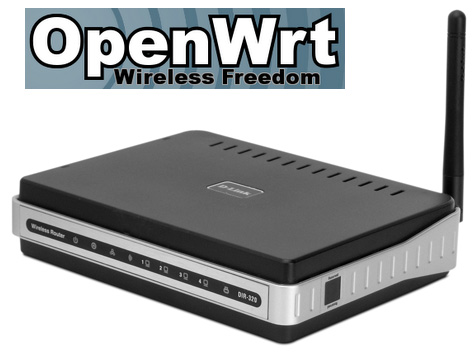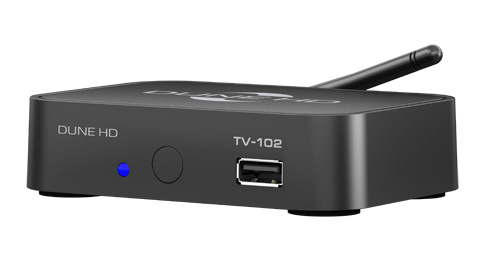Archive for the ‘sysadmin’ Category.
Thursday, April 7th, 2016 01:53 pm GMT +2

The goal of this article is to install latest OpenWRT firmware on a very popular DIR-320 Wi-Fi router (BRCM47XX based). The reason why you might do this is to be able to connect modern hardware(modems) to this pretty old legacy device.
Official firmware 3G modem support list is pretty limited and uses old kernel. On the other hand, there is an alternative DD-WRT firwmare with linux kernel 2.6.x which is pretty old also. Therefore, the only viable option is installing OpenWRT which ships the latest linux kernels 3.18.xx.
As a bonus sub-topic we’ll consider setting up an external CDMA(EVDO) modem and using it to access internet.
Continue reading ‘OpenWRT Chaos Calmer 15.05 on Dlink DIR-320 with CDMA modem’ »
Tags:
3.18,
AirCard 250U,
brcm47xx,
cdma,
dir-320,
dlink,
extroot,
image builder,
linux kernel,
openwrt,
opkg,
PL2303TA,
serial,
sierra,
usb-ttl Category:
dev,
hardware,
sysadmin |
Comment
Wednesday, December 16th, 2015 05:40 pm GMT +2

In this post we’re going to investigate how to create custom metrics for the AWS CloudWatch service. In some cases it’s not enough to have default set of AWS metrics which are already defined for you in dashboard. Let’s say you want to monitor the number of active customers on your website, or you would like to know the number of failed requests to your API backend.
Whatever it is, CloudWatch will allow you to record any time-based data using AWS APIs.
Continue reading ‘CloudWatch custom metrics’ »
Monday, November 4th, 2013 12:36 am GMT +2

Dune company has given us a miryad of excellent media players, especially by producing high quality software. In this article I’ll give you step-by-step instructions on how to convert your media player into full-fledged NAS with ability to download torrents and perform any task a generic linux box could do.
Continue reading ‘Installing optware on Dune HD-TV 102’ »
Wednesday, October 17th, 2012 11:45 pm GMT +2
 Well, once you bought your NAS or configured a dedicated PC with network drive you’ll obviously want to setup Time Machine. The problem is, once configured to backup to a networked drive your TimeMachine will eat all available space.
Well, once you bought your NAS or configured a dedicated PC with network drive you’ll obviously want to setup Time Machine. The problem is, once configured to backup to a networked drive your TimeMachine will eat all available space.
For those lucky ones, who shared a dedicated disk partition on their drive — there’s no problem at all. But I was not one of them. Recently, I’ve purchased a used Buffalo LS-WXL Linkstation duo inserted two new 1TB drives and configured it as a RAID0 array. As a result, almost whole 2Tb partition became available for sharing — despite how hard I tried to figure out xfs quotas on target partition, no success.
Well, there are bad and good news.
- The good news is that you may limit your Time Machine disk quota by using something called sparse disk bundles.
- The bad news is that you’ll need root access to your NAS in order to apply permissions hack to make it work with latest versions of Time Machine
Continue reading ‘How to setup TimeMachine on a network drive with disk quota’ »
Thursday, December 1st, 2011 03:49 pm GMT +2
 Imagine, that your system is pretty complicated and consists of a number of components, each deployed into separate machine. For development & testing needs it’s always too costly to keep up & running all these machines. It’s not that as easy to make modification into your system structure, i.e. adding new machines with different roles, etc.
Imagine, that your system is pretty complicated and consists of a number of components, each deployed into separate machine. For development & testing needs it’s always too costly to keep up & running all these machines. It’s not that as easy to make modification into your system structure, i.e. adding new machines with different roles, etc.
One solution is to virtualize all your stuff & isolate environment of each component. An easy way would be to buy a hardware & setup hardware virtualization such as XEN for instance, but there is more popular approach — using Amazon EC2 cloud services.
 In this post I’m going to show you how to setup OpenVZ virtualization on Amazon EC2 node (which, actually itself is virtualized XEN node)
In this post I’m going to show you how to setup OpenVZ virtualization on Amazon EC2 node (which, actually itself is virtualized XEN node)
We’re going to use as a base a CentOS 5.6 Amazon image with pv-grub enabled (this is required to be able to boot into custom kernel)
Continue reading ‘Installing OpenVZ on Amazon EC2’ »





